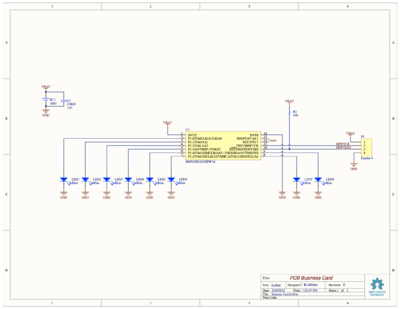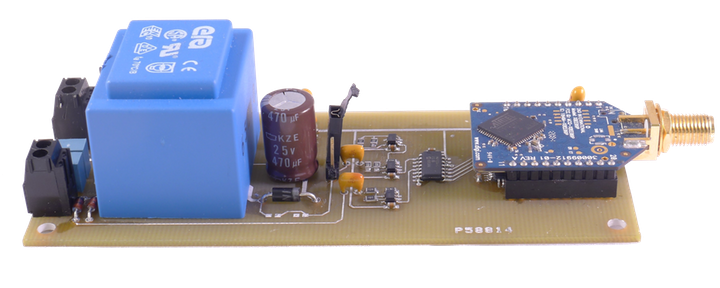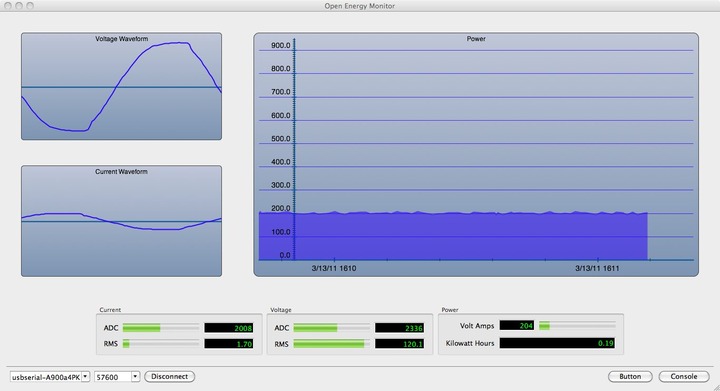Touch Enabled Business Card
My last business card was too expensive to give out, so I designed this one using a Texas Instruments MSP430. Combined with the chip’s Pin Oscillator hardware, and TI’s Capsense Library, it wasn’t too difficult enabling capacitive touch. The great thing is that in software I can have it go into a low power mode and check the button every second or so. When it senses a a touch, it checks more frequently and only leaves low power mode to toggle an LED. I guess when you’re driving LED’s, low power sleep isn’t going to help much, but there are times when no LED’s are lit, even in the middle of a display routine.
 I rushed to have these cards in hand before a job fair at my school. It was about two weeks between blank slate and getting the boards back from Gold Phoenix in China. I made a few dumb choices. Particularly, when laying out the board I have one of the LED’s on a different IO port than the rest. That makes it pain to write good code, since I have to do an if..then to determine which port to write to for a particular LED. Also, I didn’t lay out the LED’s in a sequential manner. Ideally LED1 should be attached to port 1.0, LED2 to 1.1, etc. I’m sure I had a reason at the time, most likely for cleaner routing, but that just made for uglier coding. Nevertheless, it works fine. Especially considering the prototype consisted of nothing more than one LED, and a penny with tape over it to substitute for the touch pad.
I rushed to have these cards in hand before a job fair at my school. It was about two weeks between blank slate and getting the boards back from Gold Phoenix in China. I made a few dumb choices. Particularly, when laying out the board I have one of the LED’s on a different IO port than the rest. That makes it pain to write good code, since I have to do an if..then to determine which port to write to for a particular LED. Also, I didn’t lay out the LED’s in a sequential manner. Ideally LED1 should be attached to port 1.0, LED2 to 1.1, etc. I’m sure I had a reason at the time, most likely for cleaner routing, but that just made for uglier coding. Nevertheless, it works fine. Especially considering the prototype consisted of nothing more than one LED, and a penny with tape over it to substitute for the touch pad.
Even using much cheaper parts and smaller batteries, I’d say it’s still too expensive. The parts probably come to $2, but the board is almost $8. I remember Gold Phoenix being cheaper, but I may be wrong. $110 for 155 in2 seems pretty good, until you start throwing in rounded corners, black soldermask, and very thin FR4. I think it’s about time to start looking for a new Chinese PCB manufacturer. Am I the only one receiving emails from Peak PCB? Has anyone else tried them?
Downloads
- Source Code (mspgcc)
- Design Files (Altium)
- Schematic (PDF)
 Friday, March 2, 2012 at 8:25
Friday, March 2, 2012 at 8:25  electronics,
electronics,  microcontrollers | tagged
microcontrollers | tagged  PCB,
PCB,  business card,
business card,  cap sense library,
cap sense library,  capacitive touch,
capacitive touch,  msp430
msp430 
